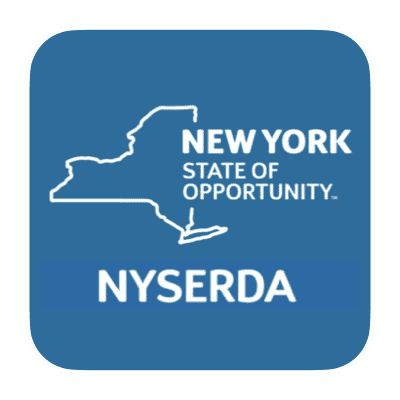
Governor Kathy Hochul today announced that the number of individuals with clean energy jobs in New York State reached a record level of 165,000 workers at the end of 2021, helping to lead New York’s COVID-19 economic recovery by recouping the clean energy jobs lost in 2020 and exceeding pre-COVID-19 clean energy employment levels by 1,300 jobs. Today’s announcement builds on New York State’s commitment to ensure a just and equitable transition for all New Yorkers as required by the Climate Leadership and Community Protection Act.
“This year’s Clean Energy Industry Report shows what I have always known to be true of New Yorkers – that we are resilient, and we keep moving forward in the face of adversity,” Governor Hochul said. “Although COVID-19 greatly impacted the entire economy over the last few years, we have seen how the clean energy industry has led the way in our recovery. More New Yorkers than ever before are employed with family-sustaining clean energy jobs and are actively helping New York build a workforce that can meet the demands of the future.”
The 2022 New York Clean Energy Industry Report released today by the New York State Energy Research and Development Authority (NYSERDA) provides data on the state’s clean energy job growth through the end of 2021. The report shows that this sector rebounded faster from the impact of COVID-19 than nearly all other industries in New York and that since 2015, clean energy employment in the state has grown by approximately 17 percent, or over 24,000 jobs.
Key findings from this year’s report include:
- 165,055 New Yorkers had clean energy jobs at the end of 2021, up from 157,686 in 2020.
- New York’s green jobs grew more than 4.7 percent from 2020 through 2021 – gaining over 7,000 jobs in 12 months.
- This sector experienced a faster recovery compared to other industries in New York including education and retail trade; employment in these industries grew between 1.7-3 percent between 2020 and 2021.
- Employment met or exceeded pre-pandemic levels in almost all technology sectors. Renewable electric power generation, alternative transportation, renewable fuels, and grid modernization and energy storage all reached or surpassed their pre-pandemic employment levels by the end of 2021.
- The alternative transportation technology sector saw unprecedented growth between 2020 and 2021. Alternative transportation employment expanded by almost 26 percent or 2,318 jobs in just 12 months.
- Solar accounted for the largest share of job gains in the renewable electric power generation technology sector.
- While solar firms across New York lost more than 400 workers from 2019 through 2020, they grew by more than 1,000 workers between 2020 through 2021.
- The industries with the largest job growth were labor and civic organizations, software publishers, durable goods merchant wholesalers, and machinery, equipment, and supplies wholesalers.
Doreen M. Harris, President and CEO of NYSERDA said, “Establishing a strong clean energy workforce goes hand in hand with advancing the vital work that needs to be done across all industry sectors to meet our ambitious climate goals. We certainly can’t have one without the other, and this year’s report shows that we continue to establish the building blocks needed for green jobs so that New York families – all across the state – can participate in and benefit from our transition away from fossil-fuels to clean energy.”
Empire State Development President, CEO and Commissioner Hope Knight said, “New York State is building a green economy and reinforcing its infrastructure for a more sustainable future. This report shows how our clean energy industry investments and continued focus on workforce development are creating the jobs of tomorrow, and training the talent to fill them.”
To further advance green jobs in New York, NYSERDA has committed more than $120 million to support the creation of a clean energy workforce pipeline and provide new training opportunities for new and existing workers. These opportunities include programs designed to enhance a worker’s skills in clean heating, energy efficiency, and other clean technology sectors and assists businesses with upskilling existing workers, reducing hiring costs, and recruiting and training new employees. More importantly, these efforts prioritize training programs for the state’s most underserved populations – low-income individuals, veterans, disabled workers, single parents, and the formerly incarcerated – and will also help integrate displaced workers into this new promising industry.
As part of its workforce development funding commitment, NYSERDA has already awarded approximately $50 million to support important partnerships with labor, colleges and universities, non-for-profits, manufacturers, trade associations and others, to ensure workers are trained through continuing education courses, certificate programs, degree programs, internships, apprenticeships and on-the-job training.





